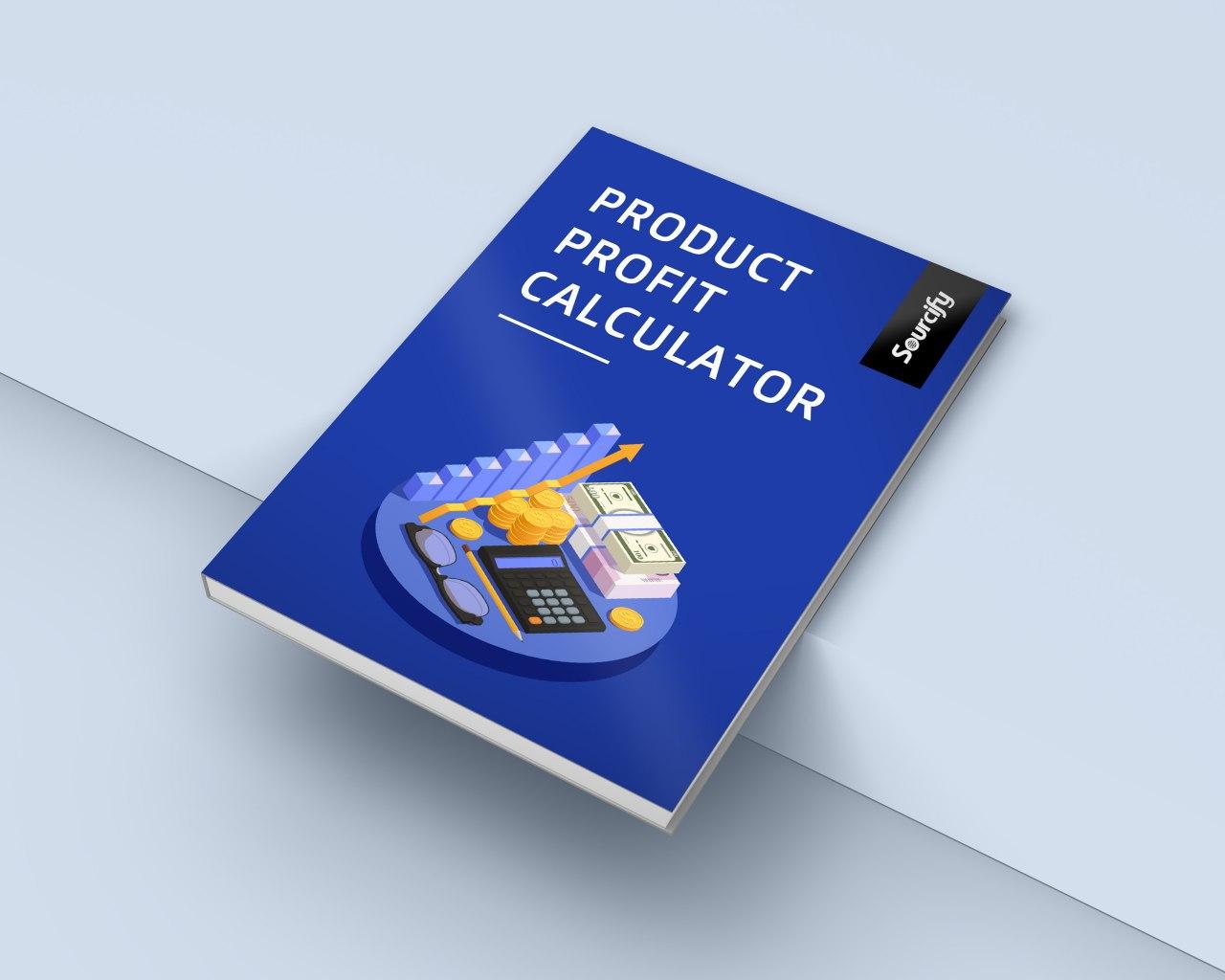A Sourcify Founder’s Guide to Building a Skincare Brand That Scales With Discipline, Demand, and Operational Backbone
Celebrity beauty brands launch every month.
Very few become real companies.
Almost none become acquirable companies.
Rhode — Hailey Bieber’s minimalist skincare line — is the rare exception. In under three years, Rhode went from idea to $200M+ in revenue and a $1B acquisition, all with:
- Fewer than ten SKUs
- Two years of pre-launch formulation work
- A tight supply chain built for speed, not bloat
- A disciplined, clinically grounded product philosophy
Rhode didn’t succeed because of celebrity hype — lots of those brands fizzle.
Rhode succeeded because the operations, formulation strategy, and supply chain were built with enterprise-level rigor from day one.
At Sourcify, we help skincare founders do exactly that. This breakdown isn’t fanfare — it’s a step-by-step founder playbook based on what Rhode actually did right.
Let’s get into it.
Lesson 1: Start With a Real Point of View — Not a Product Line
Every enduring skincare brand begins with a product philosophy, not a shopping list of SKUs.
Hailey’s POV was deceptively simple:
- Minimalist routines
- Skin-barrier health first
- Clinically effective hero ingredients
- No 12-step regimens, no fragrance, no irritation triggers
This POV became her filter for everything — formulations, packaging, pricing, even her go-to phrases on TikTok and YouTube.
Why this matters:
Most founders start with product ideas: “Let’s do a moisturizer… and maybe a toner… and maybe a mask?”
Strong skincare brands start with a worldview: “Here’s what’s missing in the market — and here’s why we’re the ones to build it.”
Sourcify POV: How founders validate their skincare philosophy
Before you formulate anything, we help founders answer:
- What problem are you solving at the skin level?
- What ingredient approach do you not believe in?
- What’s your stance on “clean,” “clinical,” “functional,” or “derm-tested”?
- Would a chemist agree your positioning is coherent?
- Does your POV support 3 SKUs… or 30?
A clear philosophy prevents the biggest trap in beauty: SKU sprawl without strategy.
Lesson 2: Obsess Over Formulation (Most Brands Don’t)
Rhode took two full years to develop the initial three products.
That is not celebrity perfectionism — that is enterprise discipline.
Hailey’s team worked with:
- Cosmetic chemists
- Dermatologists
- Former Estée Lauder formulators
- Ingredient suppliers
- Packaging engineers
They tested dozens of iterations until the product philosophy matched the product performance.
The hero ingredient approach
Rhode’s team leaned into functional ingredients that signal clinical credibility:
- Peptides → elasticity + barrier support
- Niacinamide → tone + texture
- Squalane & marula oil → deep hydration
- Fragrance-free, non-comedogenic, sensitive-skin safe
This wasn’t a white-label catalogue.
This was real formulation.
Sourcify POV: What founders get wrong about formulation
Most early skincare teams underestimate:
- Ingredient lead times
- MOQ requirements for active ingredients
- Formula stability testing timelines
- Cost-to-performance tradeoffs
- FDA labeling and claims rules
- How ingredient sourcing impacts future scalability
We help founders:
- Craft the formulation brief
- Source high-quality actives
- Choose the right chemist
- Align the formula with achievable landed costs
- Avoid “hero ingredient” traps that don’t scale
If Rhode had white-labeled, it would not be a $1B exit.
Formulation was the moat.
Lesson 3: Fewer SKUs = Faster Scale
Rhode launched with three products.
Three.
In a category where most beauty founders debut with 10–20 SKUs “because investors want a full line,” Rhode did the opposite — and it worked.
Why this matters operationally:
Fewer SKUs means:
- Lower working-capital risk
- Easier forecasting
- Cleaner supply chain
- Faster replenishment
- Higher repeat rate per SKU
- Less operational noise
Rhode was able to scale quickly because they controlled the complexity.
Sourcify POV: The biggest mistake we see? Launching too wide.
We’ve worked with 2,000+ factories. Here’s the pattern:
Founders who start with fewer SKUs scale faster — and fail less.
We help founders strategically determine:
- Which SKUs are launch-critical
- Which ingredients create operational risk
- Which products should wait until year 2
- Which SKUs will drive LTV (and which won’t)
SKU discipline is a strategy.
Not a constraint.
Lesson 4: Scarcity Only Works if Supply Chain Supports It
Rhode’s “sold out in hours” moment wasn’t luck.
It was prepared operational scarcity.
They teased prototypes publicly for almost a year.
They launched a 100,000+ person waitlist.
They dropped micro-inventory batches intentionally.
This wasn’t about hype — it was about demand calibration.
Why it worked:
- Scarcity increased perceived value
- Rhode stayed fully in control of the launch narrative
- DTC-only meant perfect data visibility
- No retailer overselling or overcommitting product
Sourcify POV: Scarcity is an operational tactic, not a marketing one
We help brands:
- Forecast early demand
- Model controlled sellouts
- Set reorder triggers
- Avoid catastrophic stockouts
- Map backup manufacturers
- Time replenishment with content cycles
“Scarcity” without operational control = chaos.
With control = conversion fuel.
Lesson 5: Don’t Enter Retail Until Your Ops Can Handle It
Rhode stayed DTC for almost two years despite every retailer knocking.
Why?
Because retail adds:
- Compliance requirements
- Strict timelines
- Chargebacks
- Fill-rate penalties
- Packaging differences
- Demand variability
- Inventory financing needs
Most brands drown when they enter Sephora too early.
Rhode waited until the foundation (and the CEO) were ready.
Sourcify POV: Retail readiness checklist
A brand is retail-ready only if it has:
- Stable replenishment
- A demand planning model
- Margin headroom
- Retail packaging compliance
- A 3PL capable of routing by retailer
- Cash flow for 90–120 day payment cycles
- Quality systems for large-scale production
If you’re missing any of these, DTC is safer — and more profitable.
Lesson 6: Hire Operational Adults Before You Think You Need Them
One of Rhode’s smartest moves?
Bringing in Nick Vlahos (ex–Honest Co) as CEO.
He brought:
- Global retail experience
- Demand planning discipline
- Supply chain rigor
- Exit readiness maturity
This signaled to acquirers that Rhode was more than a celebrity brand — it was an enterprise in the making.
Sourcify POV: The operations hires founders should prioritize
Your first ops hires should be:
- Production / supply chain lead
- Regulatory & QA advisor
- Demand planner / inventory analyst
- COO or CEO-type leadership once you hit scale
Creative sells.
Operations scales.
Lesson 7: Understand Your Exit Window
Rhode sold “early” — but strategically.
Acquirers asked:
- Is the brand sticky without Hailey?
- Is there operational infrastructure?
- Is the LTV real?
- Is there global expansion runway?
- Is the margin profile strong?
Rhode checked every box.
Why sell at year 3?
- DTC is getting harder (CAC spikes, privacy changes)
- The next stage required global CAPEX
- Beauty multiples are strong
- Acquisition interest was extremely high
- The team secured generational wealth
- ELF could accelerate what Rhode built
Selling wasn’t weakness — it was timing.
The Rhode Playbook Checklist for Skincare Founders
1. Product Philosophy
- Clear POV on skin science
- Defined ingredient stance
- Real differentiation, not aesthetic-only
2. Formulation
- Work with real chemists
- Stability tested
- Ingredient sourcing secured
- Costs aligned with retail strategy
3. Manufacturing
- Not white label
- FDA-registered facility
- Backup manufacturer
- MOQs match cash flow
4. Packaging
- Compatible with formula
- Reliable supplier lead times
- Retail-compliant
- Sustainable options where possible
5. Inventory & Supply Chain
- Demand forecast built
- Reorder triggers set
- Launch volumes modeled
- Contingency plan for stockouts
6. Channels
- DTC first
- Retail only when ops are ready
- International compliance planned
7. Team
- Ops lead
- Regulatory support
- CEO/COO-level leadership by scale
8. Exit Readiness
- Strong margins
- Clean books
- LTV visibility
- Scalable supply chain
- Retail + global upside
Final Takeaway: You Don’t Need Hailey Bieber’s Fame — But You Do Need Her Discipline
Rhode didn’t win because it was celebrity-led.
Rhode won because it was operationally excellent, philosophically focused, and built like a $1B business long before it became one.
At Sourcify, this is exactly what we help founders do:
- Vet and select the right manufacturer
- Build formulations with scalable ingredients
- Create supply chains that don’t break under pressure
- Plan inventory and demand with precision
- Professionalize operations before retail
- Become exit-ready, even if selling isn’t the plan yet
If you’re building a skincare brand — or scaling one — you don’t have to navigate it alone.
Let’s build your Rhode-level foundation.
When you’re ready, we’re here.




